WR3600H
- BE21000 10G
- BE11000 4×2,5G
- BE6500 2.5G
- BE6500 Negro
- BE5000 2.5G
- BE3600 2.5G
- BE3600 Negro
- BE3600 Blanco
- BE3600 Mini
- AX3000 2.5G PoE
- AX3000 2.5G
- AX3000 5-GbE
- AX3000 5-GbE
- AX3000 4-GbE
- AX3000 Mini
- AX1500
- USB AC1200 de 5 GbE
- AC1200 5-GbE
- AC1200 3-GbE
- Mini AC1200
- AC1200 5-FE
- AC1200 4-FE
- N300 de alta potencia
- N300
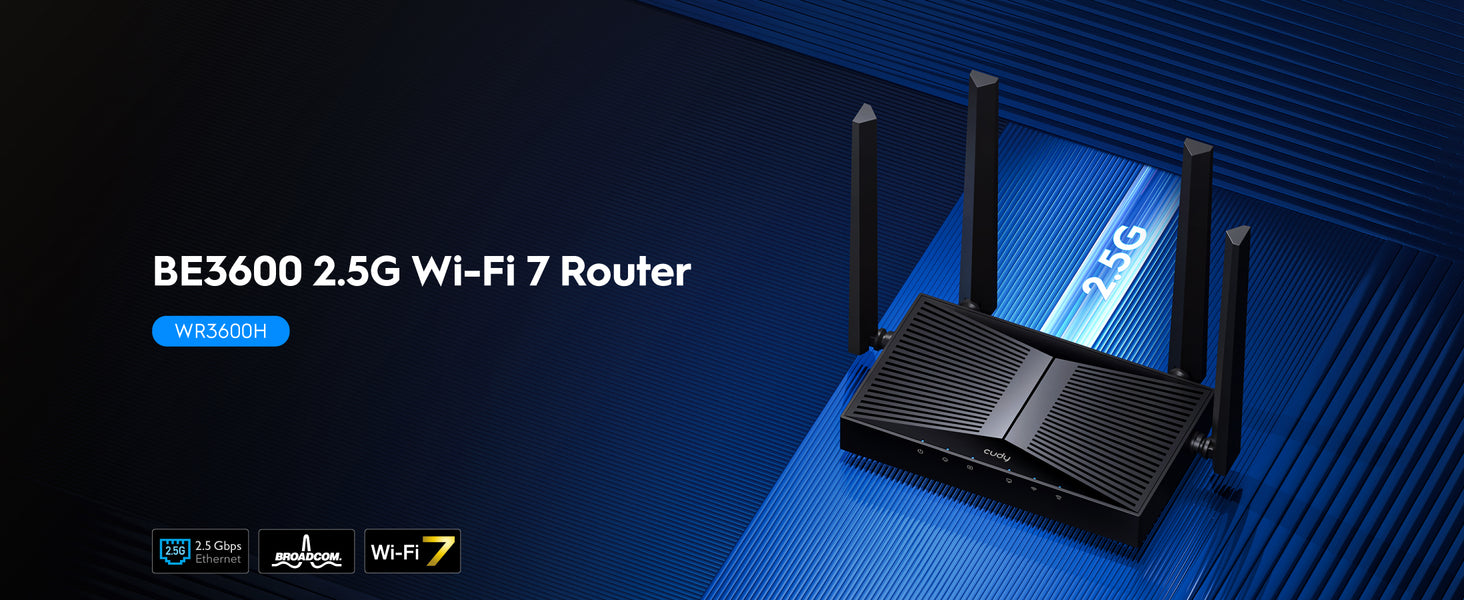
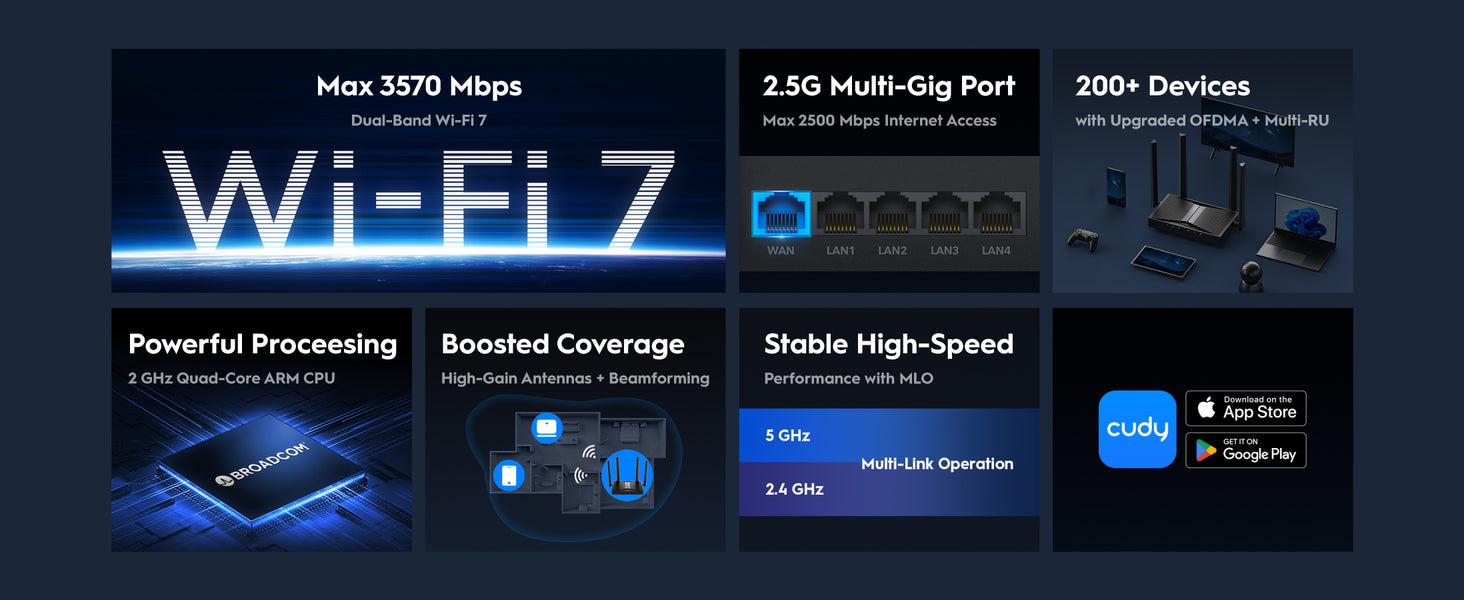
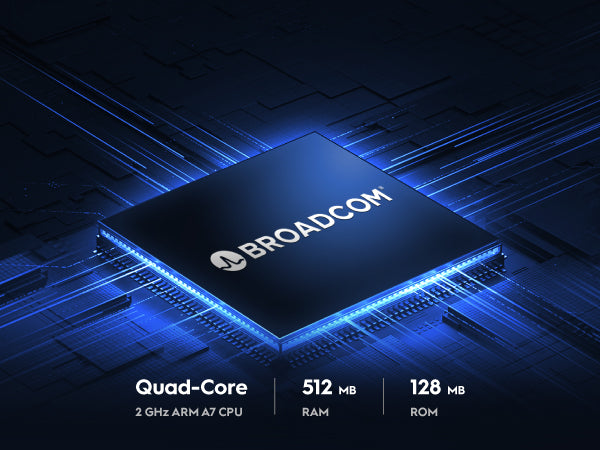
Procesamiento avanzado de Wi-Fi 7
CPU potente. Súper sensible.
Procesamiento avanzado de Wi-Fi 7
CPU potente. Súper sensible.
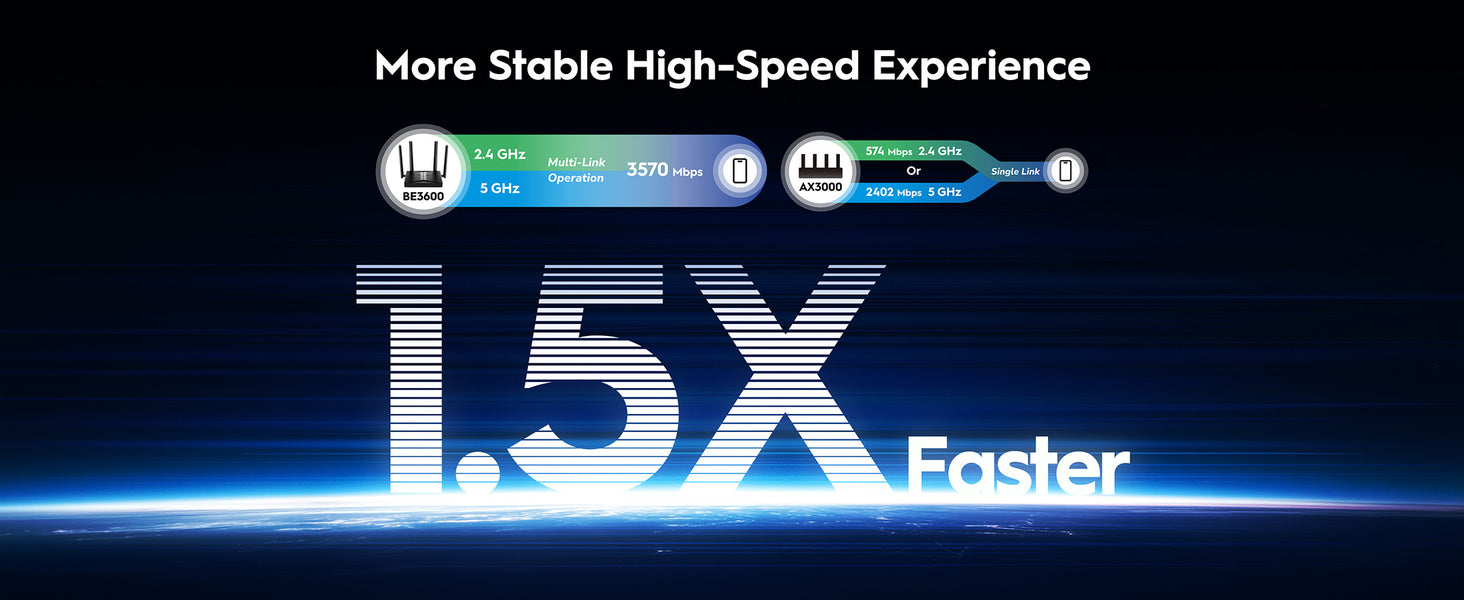
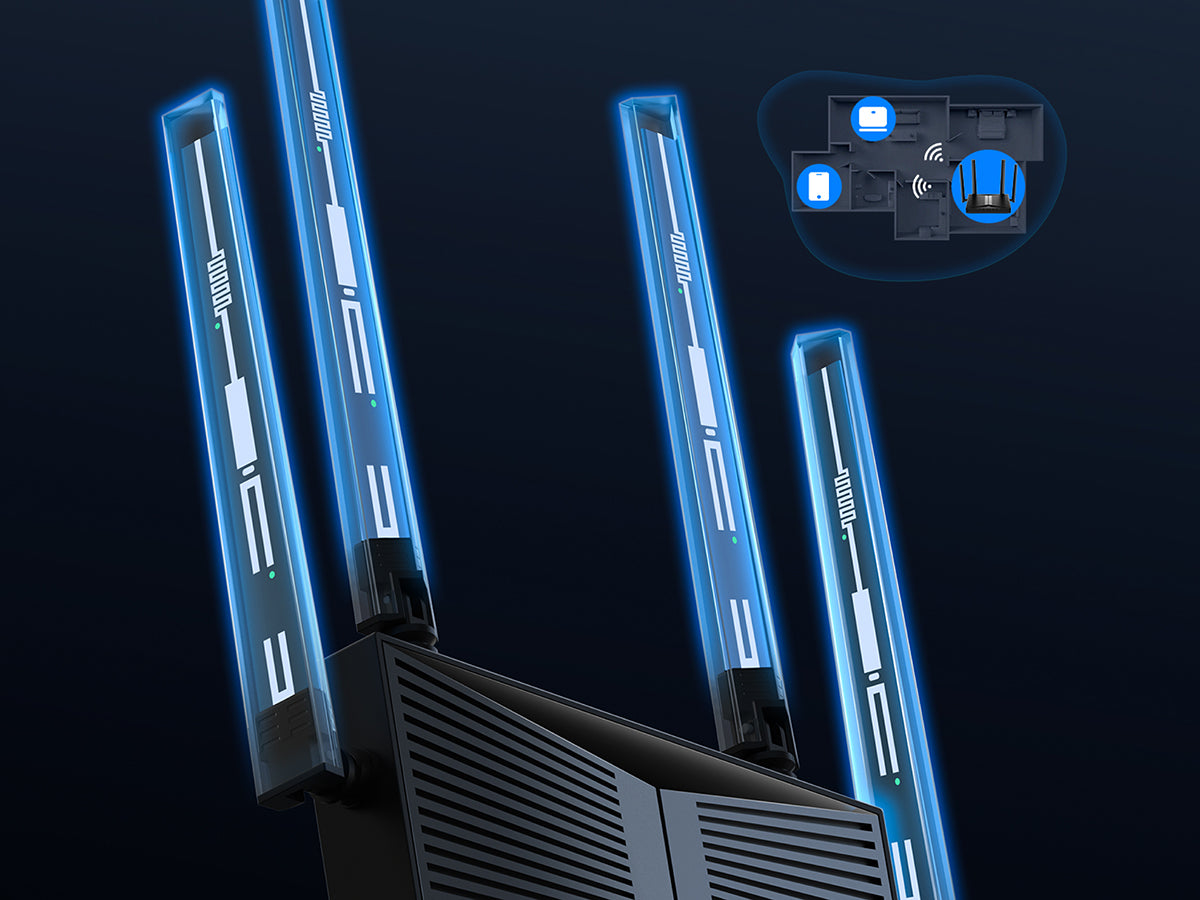
High-Gain Antennas and Beamforming
Alcance óptimo de Wi-Fi para habitaciones adicionales
High-Gain Antennas and Beamforming
Alcance óptimo de Wi-Fi para habitaciones adicionales
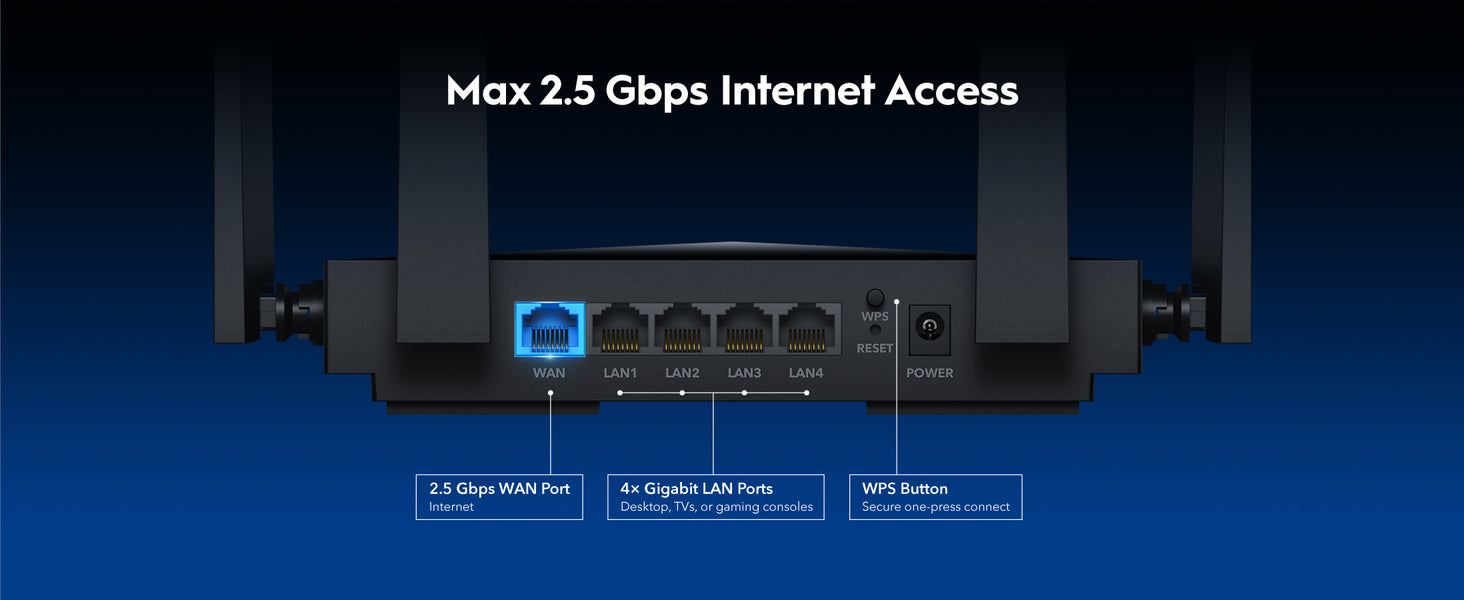
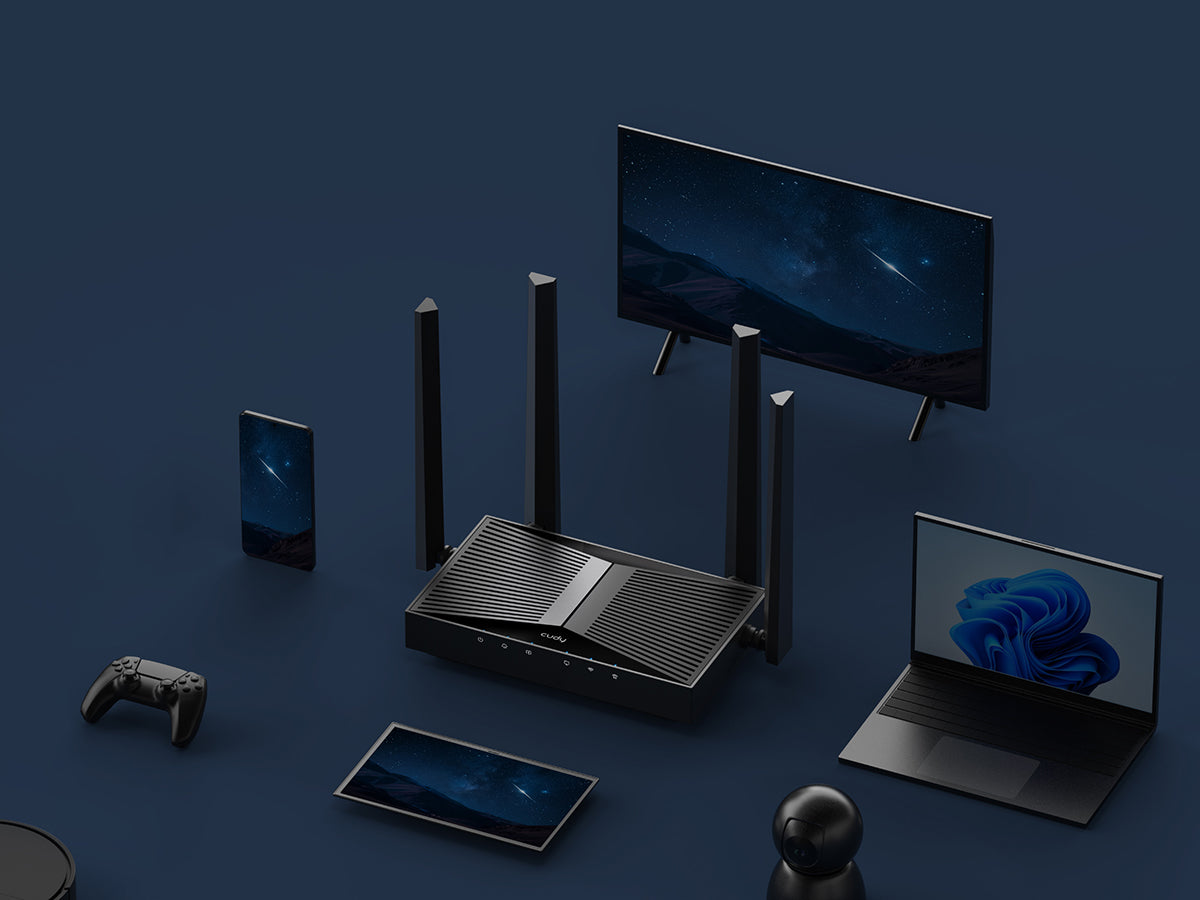
OFDMA con Multi-RU y perforación
Conecte 200 dispositivos y manténgase rápido
OFDMA con Multi-RU y perforación
Conecte 200 dispositivos y manténgase rápido
Fácil configuración y gestión versátil

Fácil de usar

Controles parentales

Servidor y cliente VPN

Aplicación Cudy
Acceso remoto seguro con servidor y cliente VPN











| Versión del modelo | ||
|---|---|---|
| Versión del modelo | WR3600H 1.0 | |
| CPU | ||
| CPU | CPU Details | 2.0 GHz Quad-Core, ARM Cortex-A7 |
| Memory/Storage | ||
| Memory/Storage | Flash/ROM | 128 MB (1 Gbit) NAND |
| DDR/RAM | 512 MB (4 Gbit) DDR3L | |
| Wireless | ||
| Wireless | 5 GHz Wi-Fi Speed | 2882 Mbps |
| 2.4 GHz Wi-Fi Speed | 688 Mbps | |
| 5 GHz Wi-Fi Streams | 2T2R (2×2 MIMO) | |
| 2.4 GHz Wi-Fi Streams | 2T2R (2×2 MIMO) | |
| Wi-Fi Antennas | 4× Fixed | |
| FEM or PA/LNA |
|
|
| Beamforming | True | |
| Range Performance |
Max: 220 m (722 ft) Tested in open-space environments with minimal interference. Actual WiFi range may vary depending on layout and wall materials. Refer to the Wall Performance specifications for placement suggestions. |
|
| Wall Performance |
Two wooden walls with thickness < 10 cm (4'') One concrete wall with thickness < 20 cm (7'') or two concrete walls with thickness < 10 cm (4'') |
|
| Interfaces | ||
| Interfaces | 2.5G RJ45 Ports | 1 |
| Gigabit RJ45 Ports | 4 | |
| Ethernet Notes | The 2.5G port is WAN port, the Gigabit ports are LAN ports | |
| LED |
|
|
| Physical Buttons |
|
|
| Power Input | DC Jack | |
| Power | ||
| Power | Power Methods | DC |
| DC Input | 12V 1A | |
| Power Adapter |
Input: 100 ~ 240 V, 50/60 Hz AC Output: 12V 1A DC |
|
| Max Power Consumption (W) | 10W | |
| Reliability | ||
| Reliability | Environment |
|
| Certifications | ||
| Certifications | FCC, CE | |
| Mechanical | ||
| Mechanical | Installation |
|
| Dimension |
Device: 183.3×109×38 mm 7.22×4.29×1.5 inches Each Antenna: 175 mm 6.89 inches |
|
| Product Weight | 332.0 g (11.71 oz.) | |
| Package Content | ||
| Package Content |
|
|
| Ordering Information | ||
| Ordering Information | Retail Package Weight | EU: 762.0 g (26.88 oz.) |
| Retail Package Dimension |
330×256×60 mm 12.99×10.08×2.36 inches |
|
| Units per Carton | 10 | |
| Carton Dimension |
52.8×31.7×34.7 cm 20.79×12.48×13.66 inches |
|
| Carton Gross Weight | EU: 8.5 kg (18.74 lbs) | |
| Carton Net Weight | EU: 7.6 kg (16.76 lbs) | |
| Versión del modelo | ||
|---|---|---|
| Versión del modelo | WR3600H 1.0 | |
| Wireless | ||
| Wireless | Wi-Fi Standards | Wi-Fi 7 |
| Max Wi-Fi Modulation | 4K-QAM | |
| Wi-Fi Efficiency |
|
|
| Max Capacity | 512 | |
| Recommended Client Upper Limit | 200 | |
| Max Wi-Fi Channel Width | 160 MHz | |
| Wi-Fi Security | WPA/WPA2/WPA3 | |
| Guest Network | 2.4 GHz, 5 GHz | |
| WPS | True | |
| General | ||
| General | Operation Modes |
|
| Mesh | Cudy Mesh | |
| Mesh Backhaul |
|
|
| Multi-Band Backhaul | True | |
| WAN Mode |
|
|
| Notes | Cudy Mesh and related backhaul features will be available with later firmware upgrade. | |
| Network | ||
| Network | QoS | Per-User Rate Limiting |
| DHCP |
|
|
| IP Versions | IPv4/IPv6 | |
| IPv6 Protocols |
|
|
| IPTV/VLAN |
|
|
| TTL Customization |
|
|
| IGMP |
|
|
| Forwarding |
|
|
| Firewall |
|
|
| Application Layer Gateway |
|
|
| Utilities | ||
| Utilities | VPN Server |
|
| VPN Client |
|
|
| VPN Performance |
|
|
| DNS Options |
|
|
| DNS over TLS Providers |
|
|
| Wake on LAN | True | |
| Online Detection | True | |
| Management | ||
| Management | Parental Controls |
|
| All Devices Management |
|
|
| Per-Devices Management |
|
|
| Content Management |
|
|
| System | ||
| System | LED Control | True |
| Local Control Method |
|
|
| Remote Control Method |
|
|
| Firmware Upgrade |
|
|
| Reliability |
|
|
| Diagnostic Tools |
|
|
| Languages |
|
|
| Dashboard | ||
| Dashboard | Panel |
|
| Charts |
|
|
- El rendimiento real de los datos inalámbricos variará como resultado de las condiciones de la red, las limitaciones del cliente y factores ambientales, incluida la distribución del edificio, los obstáculos y la ubicación del cliente.
- La cobertura inalámbrica es solo una referencia. El rendimiento de la cobertura variará según factores ambientales, como la distribución del edificio, los obstáculos, el volumen y la densidad del tráfico, y la ubicación del dispositivo. Para una cobertura óptima, coloque el dispositivo en una ubicación central dentro del área que requiere Wi-Fi.










